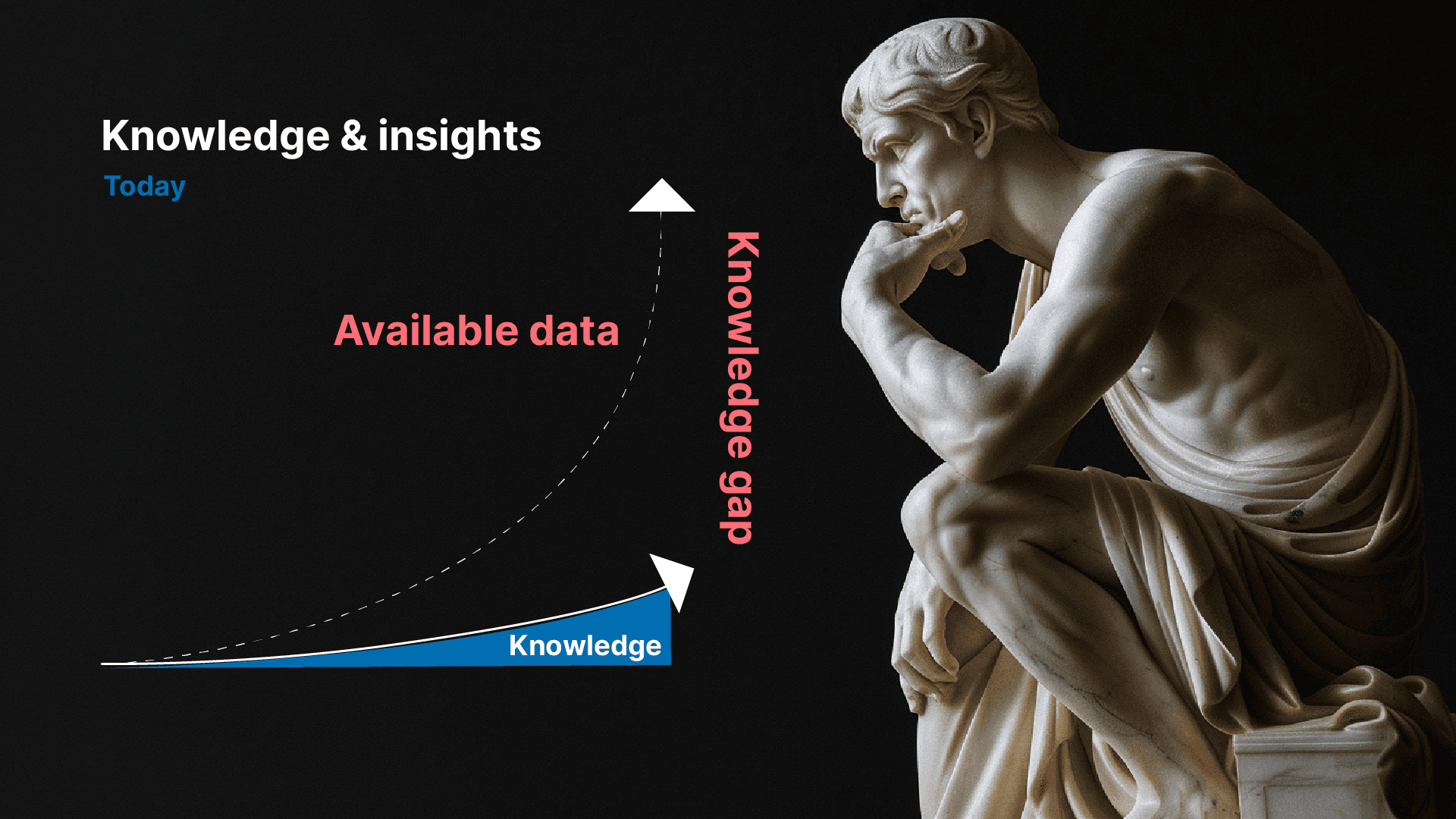Dive into Master Data Management (MDM) – the critical system that is transforming the way businesses manage their most important data. Through concrete examples and practical insights, we explore how MDM creates a unified and reliable source of data that directly impacts your organization’s success and innovation.
What is Master Data Management and why it is important
Master Data Management provides the foundation for defining and managing your company’s most critical data, with the goal of providing a unified, accurate, and consistent view of that data throughout your organization. This methodology is intended to break down the informational silos that have traditionally hindered data sharing and integration, and instead establishes a cohesive data model that ensures data integrity and reliability. This integrity is critical to support operational efficiency and informed decision-making. MDM is essential in maintaining high data quality and reliability, which directly impacts an organization’s ability to make informed decisions, streamline business processes and build stronger customer relationships. By creating a “single source of truth“, MDM not only reduces costs and inefficiencies but also improves compliance and data governance, further emphasizing its importance in today’s business ecosystem.
Master Data Management and its challenges
The implementation of Master Data Management is crucial to ensure consistent and reliable data management in an organization. However, this process poses a number of challenges that need to be addressed effectively:
Data Silos: One of the most prominent challenges is the existence of data silos, where important information is isolated and spread across different departments and systems within the organization. Breaking down these silos requires strategic planning and often a cultural change within the organization to promote transparency and data sharing.
Data quality: Maintaining a high level of data quality is another major challenge. Inconsistencies, duplications and inaccuracies in data must be identified and corrected, often requiring extensive data review and cleaning. Ensuring continuous data quality requires the establishment of rigorous processes and standards for data entry and management, which may also involve the need to train staff in best practices for data care.
Change management: Implementation of MDM systems involve significant changes in work processes and procedures. Change management requires effective communication, training and feedback opportunities to ensure that everyone involved understands the benefits and is committed to the transition.
Technical complexity: The integration of different IT systems and technologies to support MDM can be technically complex and demanding. Choosing the right MDM tool that fits the organization’s unique needs and IT infrastructure is critical, as is having access to technical expertise to manage the integration and customization of the systems.
By carefully addressing these challenges, organizations can successfully implement MDM and thus benefit from improved data availability, increased operational efficiency, and better decision–making.
A 4-step guide to Master Data Management
1.Strategy and goal definition:
Thorough needs analysis: Before defining your MDM strategy, conduct a comprehensive analysis of your company’s current data management processes and identify the major challenges and opportunities. This may include issues related to data quality, access and integration across different business systems.
Clear MDM objectives: Formulate specific, measurable, achievable, relevant and time-bound (SMART) objectives for your MDM initiative. These goals should reflect the overall business objectives and address identified needs and challenges.
Stakeholder engagement: Ensure that all key stakeholders are engaged and informed from the start. This includes management, IT, business users and others who will be affected by the MDM implementation.
2.Technology and Platform Selection:
Market Research: Conduct thorough market research to identify the MDM tools and platforms that best meet your specific needs. Consider factors such as scalability, flexibility, ease of use, and integration capabilities.
Compatibility assessment: Evaluate how well the potential MDM solutions integrate with your existing IT infrastructure. Make sure the technology supports your current and future needs.
Proof of Concept: Before making a final decision, consider conducting a pilot or proof of concept (PoC) to validate the platform’s effectiveness and adaptability to your business processes.
3. Data cleansing and consolidation:
Data profiling process: Before cleaning, conduct a detailed data profiling to understand the scope and nature of the data quality issues. This will help you identify the specific areas that require focus.
Standardization rules: Develop and apply standardization rules to ensure consistency in how data is stored and maintained. This includes formats, nomenclature and other relevant attributes.
Deduplication and merge: Use advanced algorithms to identify and eliminate duplicates, merge related records, and consolidate them into a single, reliable “golden record” for each unique entity
4. Governance and Maintenance:
Data Governance Framework: Establish a robust data governance framework that defines guidelines, policies, standards, roles and responsibilities. This framework should be dynamic to adapt to changing business needs and technological advances.
Continuous Quality Monitoring: Implement tools and processes for continuous monitoring and maintenance of data quality. Use key performance indicators (KPIs) and dashboards to track performance and identify areas for improvement.
User Training and Support: Ensure that users receive the training and support they need to effectively use the MDM system. Regular feedback and training updates are key to long-term success and user satisfaction.
Summary
In summary, MDM is much more than a technology solution; it is a strategic asset that strengthens every aspect of your business and lays the foundation for lasting success. By addressing the challenges that MDM presents, from breaking down information silos to ensuring high data quality, organizations can unlock their potential and drive innovation.






